Get Started for FREE
Sign up with Facebook Sign up with X
I don't have a Facebook or a X account

 Your new post is loading... Your new post is loading...
 Your new post is loading... Your new post is loading...

Gust MEES's curator insight,
June 9, 2015 9:06 AM
Resistance to change is part of being human. It's the result of an instinctual response that triggers a chemical reaction that causes us to resist. Thanks to modern science and discoveries about human behavior, we have the insights and techniques to lead our teams to accept and even relish the changes we need to sustain successful growth. How? Here are three simple steps to lead successful change. Learn more: - http://www.scoop.it/t/21st-century-learning-and-teaching/?tag=change - http://www.scoop.it/t/21st-century-learning-and-teaching/?tag=Growth+Mindset

Gust MEES's curator insight,
June 4, 2015 9:47 AM
Ce rapport synthétise les résultats de la série de rapports par pays effectuées sur les compétences au-delà de l'école. Learn more: - https://gustmees.wordpress.com/2015/05/13/andragogy-adult-teaching-how-to-teach-ict/ - http://www.scoop.it/t/21st-century-learning-and-teaching/?tag=andragogy

Gust MEES's curator insight,
June 2, 2015 4:05 AM
By adding blogs to a flipped ELA class, teachers present literacy as a design challenge where words, images, and format serve to express students' ideas. Learn more: - https://gustmees.wordpress.com/2013/03/25/practice/ - https://globaleducationandsocialmedia.wordpress.com/2014/07/02/put-your-title-in-here/ - http://www.scoop.it/t/21st-century-learning-and-teaching/?tag=Blogging

Gust MEES's curator insight,
May 28, 2015 12:26 PM
Skillage - êtes vous prêt-e à l'embauche ? | eSkillsForJobs2015 | eSkills | Europe | EU Learn more: - http://www.scoop.it/t/21st-century-learning-and-teaching/?tag=eSkills+For+jobs+2015 - https://gustmees.wordpress.com/2015/05/26/what-are-the-skills-needed-from-students-in-the-future/

Gust MEES's curator insight,
May 20, 2015 12:57 PM
L'Éducation nationale formera les futurs spécialistes dans les technologies de l'information et de la Communication. Dans le cadre de l'ICT Spring, le ministre de l'Éducation nationale, de l'enfance et de la jeunesse, Claude Meisch, a exposé les grands axes de la stratégie «Digital4education». Elle s'inscrit dans le cadre de l'initiative Digital Lëtzebuerg qui ambitionne de renforcer et de consolider la position du Grand-Duché dans le domaine des TIC. La stratégie «Digital4education»vise à préparer les jeunes à vivre dans un environnement professionnel et privé en mutation constante. Elle amènera les élèves à développer des compétences indispensables dans l’utilisation des TIC et à promouvoir des projets pédagogiques utilisant l’école numérique. Cette stratégie digitale s’articule autour de cinq «dimensions» qui se déclinent en projets. Dans le premier «digital citizen», l’école est censée initier les enfants à des applications clés qu’ils utiliseront dans leur vie d’adulte. Ils seront également sensibilisés aux questions de l’utilisation de leurs données personnelles sur les réseaux sociaux et de prévenir les risques. Le second nommé «digital peer» intègrera une dimension éthique et sociale. Les élèves aborderont la notion de sécurité sur Internet, le harcèlement moral sur les réseaux et une notion importante comme le droit à l’image. 
Gust MEES's curator insight,
May 20, 2015 1:00 PM
L'Éducation nationale formera les futurs spécialistes dans les technologies de l'information et de la Communication. Dans le cadre de l'ICT Spring, le ministre de l'Éducation nationale, de l'enfance et de la jeunesse, Claude Meisch, a exposé les grands axes de la stratégie «Digital4education». Elle s'inscrit dans le cadre de l'initiative Digital Lëtzebuerg qui ambitionne de renforcer et de consolider la position du Grand-Duché dans le domaine des TIC. La stratégie «Digital4education»vise à préparer les jeunes à vivre dans un environnement professionnel et privé en mutation constante. Elle amènera les élèves à développer des compétences indispensables dans l’utilisation des TIC et à promouvoir des projets pédagogiques utilisant l’école numérique. Cette stratégie digitale s’articule autour de cinq «dimensions» qui se déclinent en projets. Dans le premier «digital citizen», l’école est censée initier les enfants à des applications clés qu’ils utiliseront dans leur vie d’adulte. Ils seront également sensibilisés aux questions de l’utilisation de leurs données personnelles sur les réseaux sociaux et de prévenir les risques. Le second nommé «digital peer» intègrera une dimension éthique et sociale. Les élèves aborderont la notion de sécurité sur Internet, le harcèlement moral sur les réseaux et une notion importante comme le droit à l’image.

Dr. Deborah Brennan's curator insight,
April 2, 2015 9:45 AM
The academic achievement gap in poverty schools coupled with the pressure of school ranking based upon standardized tests causes many educators to focus mainly on the academic needs of students. many of our poverty students lack the Emotional Intelligence that provides an avenue for academic success. We must build an awareness of emotional intelligence and then build this in our students just as we build their cognitive intelligence 
Denver Leigh Watson, M.Ed, LDTC's curator insight,
April 2, 2015 11:26 AM
How does this fit into your leadership framework? Do your arrows flow in the same direction? Does it matter? I believe self-management is the key to the flow, impact, and goal of change for leadership. For me, this is box #1 ... where's yours? 
Philippe-Didier Gauthier's curator insight,
April 16, 2015 2:23 AM
#Reflexivité Une ressource pour penser l'autodirection de son parcours professionnel.

Gust MEES's curator insight,
March 29, 2015 8:28 PM
What are the qualities of a great leader? Check out the leadership scorecard. How do you rate? Learn more: - http://www.scoop.it/t/21st-century-learning-and-teaching/?tag=Rise+of+the+Professional+Educator - http://www.scoop.it/t/21st-century-learning-and-teaching/?tag=Great+Teachers - http://gustmees.wordpress.com/2014/07/10/education-collaboration-and-coaching-the-future/ - http://gustmees.wordpress.com/2013/05/25/so-whats-the-change-for-teachers-in-21st-century-education/ - http://www.scoop.it/t/21st-century-learning-and-teaching/?tag=mindset 
María Dolores Díaz Noguera's curator insight,
April 27, 2015 11:30 AM
Leadership Scorecard | EDUcation4.0 | eSkills | eLeaderShip | @scoopit via @knolinfos http://sco.lt/...
Nancy Jones's curator insight,
April 10, 2015 11:31 AM
Teaching learning will help the process. It is about the process, always; that's the life skill.. Students need to get that message, early and often.
Sara Jaramillo's curator insight,
May 21, 2020 1:20 PM
As it says in the article, memory is a very important skill in learning, and it is important to start working on it since childhood, because the brain of children store memories differently and it is easier for them to learn and to work in those skills. The article provide teachers some strategies and activities to start working on it with their younger students and it is very helpful, becuase children can work on their memory and have fun at the same time with some of the activities proposed here.

David Witzeling's curator insight,
April 6, 2015 7:22 PM
This is a lengthy article detailing the relationship between 21st century skills and the adoption of technology as a way to promote growth in those skill areas. If you are here, you might find this very much "preaching to the choir," but the article provides a solid basis for understanding the need to integrate technology into education. 
Dr. Deborah Brennan's curator insight,
April 7, 2015 2:19 PM
The World Economic Forum has published a new white paper called New Vision for Education: Unlocking the Potential of Technology; the link for the full report is included at the end of this article. The World Economic Forum is a not-for-profit international institution headquartered in Geneva, Switzerland. Although the focus of this report is worldwide, the gaps in identified twenty-first century skills are very applicable to schools in the USA. In a powerful statement, the report says: “By the time students enter college and the labour market, deficiencies that have not been addressed earlier can be far more difficult and costly to remedy.” (p 8-9). The report differentiates 21st century skills among foundational literacies, competencies, and character qualities. It sees foundational skills as what schools and systems traditionally teach and measure: literacy, numeracy, scientific literacy, instructional-communication technology literacy, financial literacy, and cultural and civic literacy. Competencies sited include critical thinking/problem solving, creativity, communication and collaboration. While curiosity, initiative, persistence/grit, adaptability, leadership, and social and cultural awareness are included in a category called character qualities. Appendix 1 includes definitions of 21st century skills. The instructional cycle is referred to as a “closed loop” in this report. Beginning with clear learning objectives through the development of curriculum and instructional strategies to instructional delivery, ongoing assessment, interventions and the tracking of learning outcomes in a repeating complex system. The report looks at ways that technology can be embedded into each step of the instructional loop to improve student learning outcomes and eliminate the skill gap, providing some resources that might be used at different phases of the cycle. The report cites differences in the use of technology tools to close the skill gap, looking at different income levels among countries which create different contexts and stating that there are fundamental social and economic problems, such as poverty, that impede learning and underlie the skills gap. Although the deficiencies in many undeveloped countries far surpass those found in the United States, it is my perspective that there are different contexts within the United States itself that must be acknowledged and addressed. The importance of creativity, problem solving and innovation to the economic well-being of our nation and therefore, the employability of our workforce cannot be stressed enough. The pressure of standardized testing can lead to a standardized curriculum and instruction model that does not allow the classroom time for these skills to develop. Teachers caught in this dilemma are often driven to insure success on state tests at the cost of providing time for experimentation, reflection, and collaborative feedback. The report does suggest using technology for some of the foundational skills in order to free teacher time to provide instruction on competency and character skills. In two of the examples from low income countries, technology was used to provide scripted lessons that were created centrally to under-trained teachers. My preference would be to more fully train teachers or provide a mentor/coach rather than a “turn the page” curriculum model. One of the tenants of the article is the need to define and find a metric to assess each of these 21st century skills in order to compare countries skill level. Although I agree with the need to define the skills needed and provide training and resources to teachers so these skills can be embedded into the curriculum and instruction, the idea of an assessment to measure creativity or persistence fills me with dread. Paul Torrance developed a well-used test for creativity used to screen students for school gifted and talented programs. It is not a test that can be administered and interpreted without training. The idea of administering a standardized test which by definition is convergent in thinking to measure a thinking skill that is divergent by definition seems inappropriate and a major shortcoming of this report. |

Gust MEES's curator insight,
June 11, 2015 9:07 AM
In “Building the Web of Things”[1] Dominique Guinard and Vlad Trifa give the following definition: Learn more: - http://www.scoop.it/t/21st-century-learning-and-teaching/?tag=wearables - http://www.scoop.it/t/21st-century-learning-and-teaching/?tag=Internet+of+Things - http://www.scoop.it/t/securite-pc-et-internet/?tag=Internet+of+things - http://www.scoop.it/t/21st-century-learning-and-teaching/?tag=Smart+Cities

Gust MEES's curator insight,
June 6, 2015 7:46 PM
The 4 eLearning Trends To Watch Infographic presents a few eLearning trends on the cusp of explosive growth this year! Learn more: - https://gustmees.wordpress.com/2015/05/26/what-are-the-skills-needed-from-students-in-the-future/

Gust MEES's curator insight,
June 5, 2015 9:58 AM
Lithuania's ICT sector is evolving, full steam ahead. An increasing number of companies have arrived in the country, drawn by its infrastructure, people, and business-friendly mindset. With some of the fastest and most affordable internet connections in Europe and a tech-savvy population ranking 16th in the world for ICT skills, Lithuania has recently attracted giants such as Google, exchange group Nasdaq, and AIG to set up shop.
Lithuania's economy grew by 2.9 percent in 2014 and is expected to experience a 3.6 percent increase in 2015, consultantcy EY estimates. What's more, in January this year, Lithuania become part of the Eurozone.

Gust MEES's curator insight,
June 2, 2015 1:47 AM
As the future becomes increasingly unknowable, we must abandon a rigid hierarchy of subjects for a flexible yet ambitious approach. Learn more: - https://gustmees.wordpress.com/2015/05/26/what-are-the-skills-needed-from-students-in-the-future/ - https://gustmees.wordpress.com/2014/10/03/design-the-learning-of-your-learners-students-ideas/ - https://gustmees.wordpress.com/2015/05/13/andragogy-adult-teaching-how-to-teach-ict/

Gust MEES's curator insight,
June 2, 2015 5:56 AM
Successfully hiding messages in images has already been done, but is it possible to deliver an exploit in one - and run it? He is not the first one to try and hide exploits in images. But he created Stegosploit, a technology that lets attackers deliver executable JavaScript code via images, and trigger them, too. In order to make the attack payload look harmless and not trigger defenses, Shah split it into two: dangerous pixel data (exploit code), and a safe decoder.

Steve Whitmore's curator insight,
May 27, 2015 8:41 AM
When writing an IEP for a student, are you considering their career path- especially if they are at the secondary level? School social workers teach these skills everyday. Are they appropriately identified and articulated? 
nihal abitiu's curator insight,
June 1, 2015 6:24 AM
1- Leadership, 2- Collaboration, 3- Adaptability, 4- Innovation, 5- Critical thinking, 6- Communication, 7- Productivity and accountability, 8- Accessing, analysing and synthesizing information, 9- Global citizenship, 10- Entrepreneurialism 
Les Parents Engagés's curator insight,
July 1, 2015 6:51 AM
Vision certes anglo-saxonne mais assez adaptée à ce que l'on voit dans les grandes entreprises "mondialisées"

Gust MEES's curator insight,
May 22, 2015 11:21 AM
Un « makerspace » est un lieu de découverte mais surtout de création où les jeunes pourront créer leurs propres outils digitaux. Durant l’année scolaire 2015/16, trois « makerspace » verront le jour au Luxembourg. Learn more: - https://gustmees.wordpress.com/2014/08/24/coding-a-new-trend-in-education-and-a-big-responsibility/ 
Gust MEES's curator insight,
May 22, 2015 11:23 AM
Un « makerspace » est un lieu de découverte mais surtout de création où les jeunes pourront créer leurs propres outils digitaux. Durant l’année scolaire 2015/16, trois « makerspace » verront le jour au Luxembourg. Learn more: - https://gustmees.wordpress.com/2014/08/24/coding-a-new-trend-in-education-and-a-big-responsibility/

Gust MEES's curator insight,
May 20, 2015 10:51 AM
Um die Schüler auf die Arbeitsplätze von morgen optimal vorzubereiten, muss die Schule sich der modernen Informations- und Kommunikationstechnologien bedienen. Am Mittwoch stellte Bildungsminister Claude Meisch die Strategie "Digital (4) Education" vor, mit der die Schüler von heute, deren Lebenswirklichkeit bereits in weiten Teilen eine digitale ist, auf morgen vorbereitet werden sollen. 
Gust MEES's curator insight,
May 20, 2015 10:53 AM
Um die Schüler auf die Arbeitsplätze von morgen optimal vorzubereiten, muss die Schule sich der modernen Informations- und Kommunikationstechnologien bedienen. Am Mittwoch stellte Bildungsminister Claude Meisch die Strategie "Digital (4) Education" vor, mit der die Schüler von heute, deren Lebenswirklichkeit bereits in weiten Teilen eine digitale ist, auf morgen vorbereitet werden sollen.

Gust MEES's curator insight,
May 18, 2015 8:21 AM
Coaching is a difference-maker in education. Think of the mindset evident in high-performing athletic teams, chess teams, even actors and other entertainers. Content providers are valuable, but that is not what makes learning organizations distinct, especially not those that seek to reach and provide a high-quality education to a full spectrum of learners. The same thing is true as we continue to implement things like competency-based education models. Many celebrate the way CBE can reduce the cost of college degrees, increasing access and opportunity, and addressing critical workforce needs. However, if cost reduction happens at the expense of great coaching and mentoring, I am concerned that we will make little progress in the democratization of education. The “haves and have nots” of education depend largely upon the prerequisite skills needed to take advantage of newer and emerging learning environments ranging from CBE to MOOCs, self-directed learning to self-organized learning environments.... Learn more: - https://gustmees.wordpress.com/2014/07/10/education-collaboration-and-coaching-the-future/ - http://www.scoop.it/t/21st-century-learning-and-teaching/?tag=Coaching

Gust MEES's curator insight,
April 14, 2015 4:37 PM
These 6 strategies represent some of the most fundamental mistakes I've made in my years of educational technology professional development. Source: exitticket.org Learn more: - https://gustmees.wordpress.com/2014/07/10/education-collaboration-and-coaching-the-future/ - https://gustmees.wordpress.com/?s=design

Karen B Wehner's curator insight,
April 8, 2015 11:18 AM
Not much that hasn't been said before, but it's all worth repeating. 
Inma Contreras's curator insight,
April 14, 2015 7:34 AM
The best way to learn,in my opinion. Learning by doing including emotions:perfection. 
Jake Goulet's curator insight,
April 15, 2015 11:40 AM
Learn the ways of learning and make your life easier! |



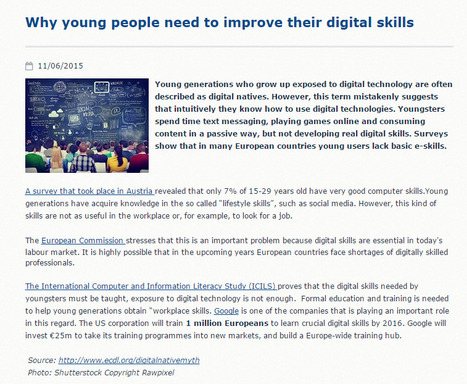

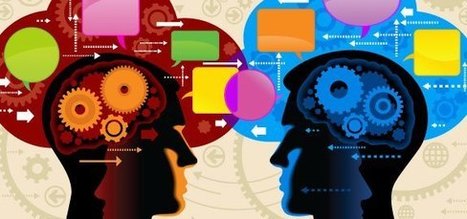
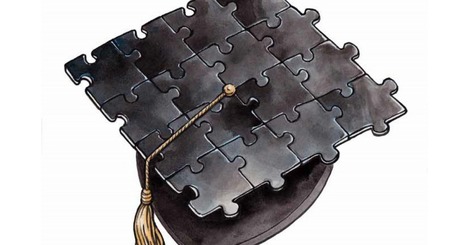
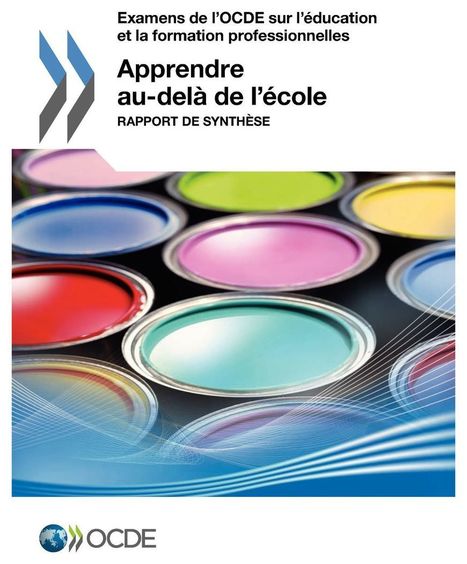
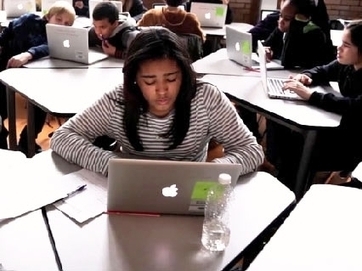

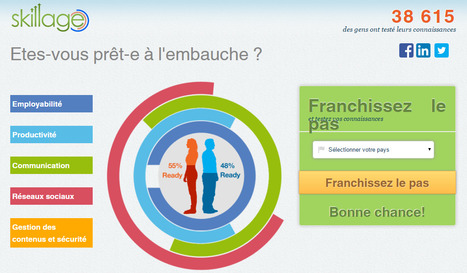
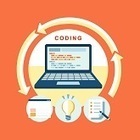


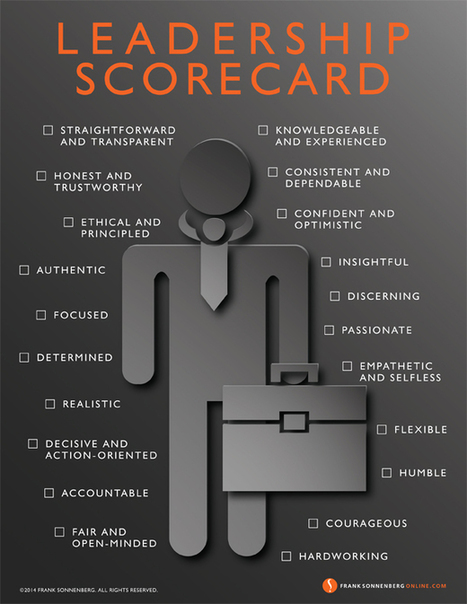



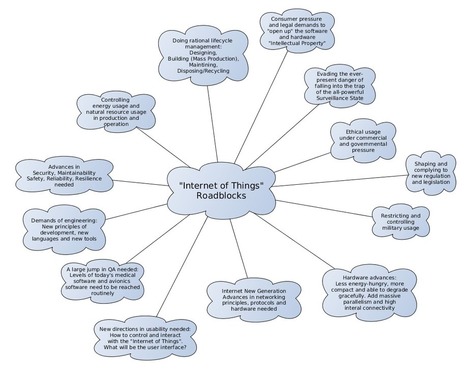



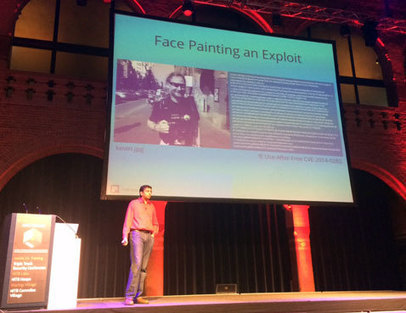
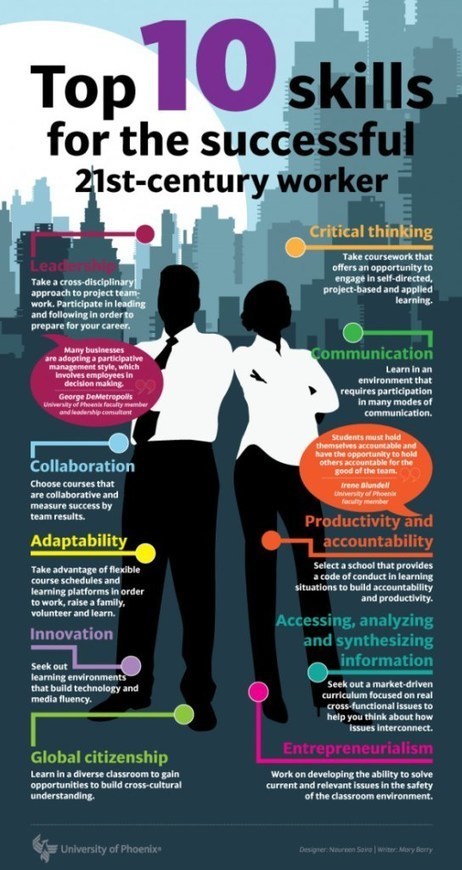
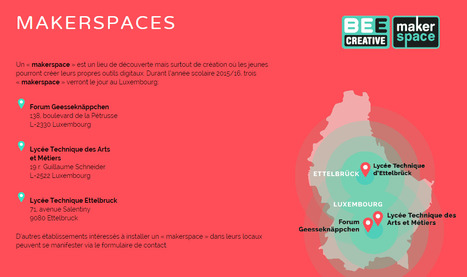

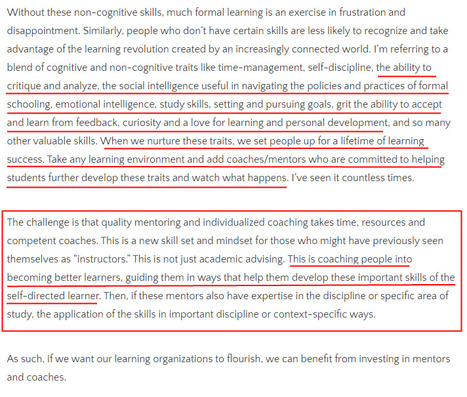
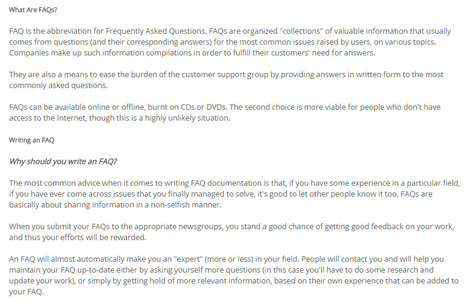
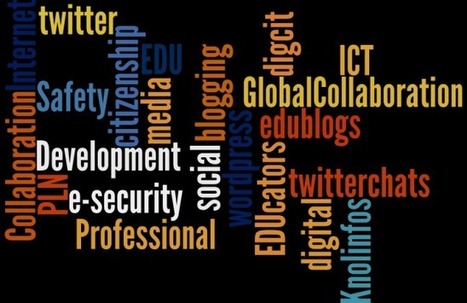
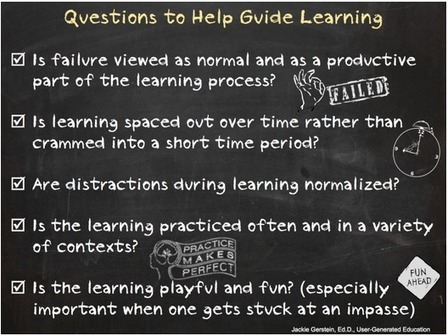





Learn more:
- https://gustmees.wordpress.com/2015/05/26/what-are-the-skills-needed-from-students-in-the-future/